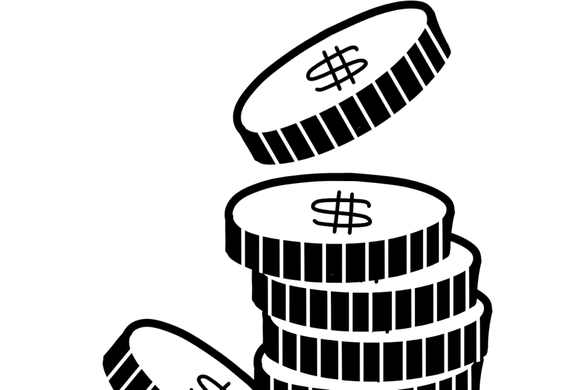Table of contents
Before paper bills, credit card processing, complex taxation, and electronic money, there was the beautiful, simple, artistically crafted coin. Its history aligns uniquely with the evolution of civilization. Today, its use is widespread in most major regions and countries of the world. While the way that they’re made has evolved, the basic concept of exchanging bits of metal for goods has lasted through the ages and become an essential part of the human experience.
Early Coins
The first move away from the barter system may have been the exchange of cowrie shells, which eventually evolved into metal nuggets and pieces. Metal money exchanges started in the form of small knives and tools in China. In the 5th century BC, Chinese hollow spade money was commonly used. While not using “coins” per se, these were some of the first exchanges of valuable, standardized metal materials. This eventually evolved into the recognizable, rounded Chinese coins. In the west, the first official, minted currency was possibly the famous Lydia coin, which was created in modern Turkey and featured an image of a lion. It was made of gold. These were pounded out with a hammer and were create for King Croesus. In the greater history of money, this was a very important next step to opening up the Mediterranean to trade and an exchange of goods and ideas. In the next centuries, coins began to be exchanged and accepted on a global scale.
Types of Coins
While paper money started to become the dominant currency in China as early as the 13th century at the behest of Emperor Kublai Khan, coins were absolutely essential to several empires, which all had their own mints. In the Persian Empire, the coin of choice was the daric. In Greece, the ancient currency was the drachma, which is still used in its modern form today. In Rome, on the other hand, the currency was based around the silver denarius. During and after the fall of Rome, in the Byzantine Empire, the major coin was the golden solidus, which was also known as the nomisma. In China, the coin design stayed by and large the same, in the form of a circle with a square hole, which was called the ban liang coin. In the Renaissance, the florin was quite common, and the pound was used in England.
How Coins Are Made
Throughout history, coins have traditionally been struck using blanks and a set of dies. Many types of dies have been used throughout history. The Romans made popular a hinged set of dies that joined together like tongs. The dies were made out of a harder metal than the softer coin materials, which were often made from alloys of gold, silver, copper, or bronze. The blanks were cut to consistent, uniform thickness. Then, the material was placed inside the die and struck with a large hammer or a set of machinery that involved pulleys. Eventually, the fly press made this method much faster and easier. Modern American coin production is a little bit different. It closely resembles a manufacturing process. Large sculptures are made for the dies in clay and plaster, then created as epoxy models, which, using digital machinery, are used to create the metal dies. Rather than being formed by cutting ropes of metal, coins are punched out of long metal sheets. Production then moves at a lightning pace (with the press stamping about 1,750 coins per minute). In other countries, like the U.K., the coin-making process is treated with a high level of respect and combines hard science and art to create consistent, flawless pieces. While we may no longer feature the gods and goddesses that so often frequented ancient coins on our money, the basic methods of coin minting have mostly stayed the same.
Collecting Coins
Coin collecting has become a popular hobby in the U.S. and many other areas of the world, possibly because coins have been made for thousands of years and seem timeless. Modern coin collectors especially love lesser-known, rare coins, which are specific to a time and place in history. Collectors are often fascinated not only by the age nor necessarily how much a coin is worth but by the beauty of the dies and the uniqueness of every piece. Some collectors treasure the imperfect, ancient coins that were just barely folded out of lumps of flawed alloy, whereas others want the rare U.S. pieces that were examples of exquisite craftsmanship but just never became popular. If you’re thinking about getting started collecting coins and joining numismatic groups, always keep in mind the story of each piece. Successful coin collecting should inherently be about education and understanding both how these coins were made and their place in the history of civilization.
![]()











